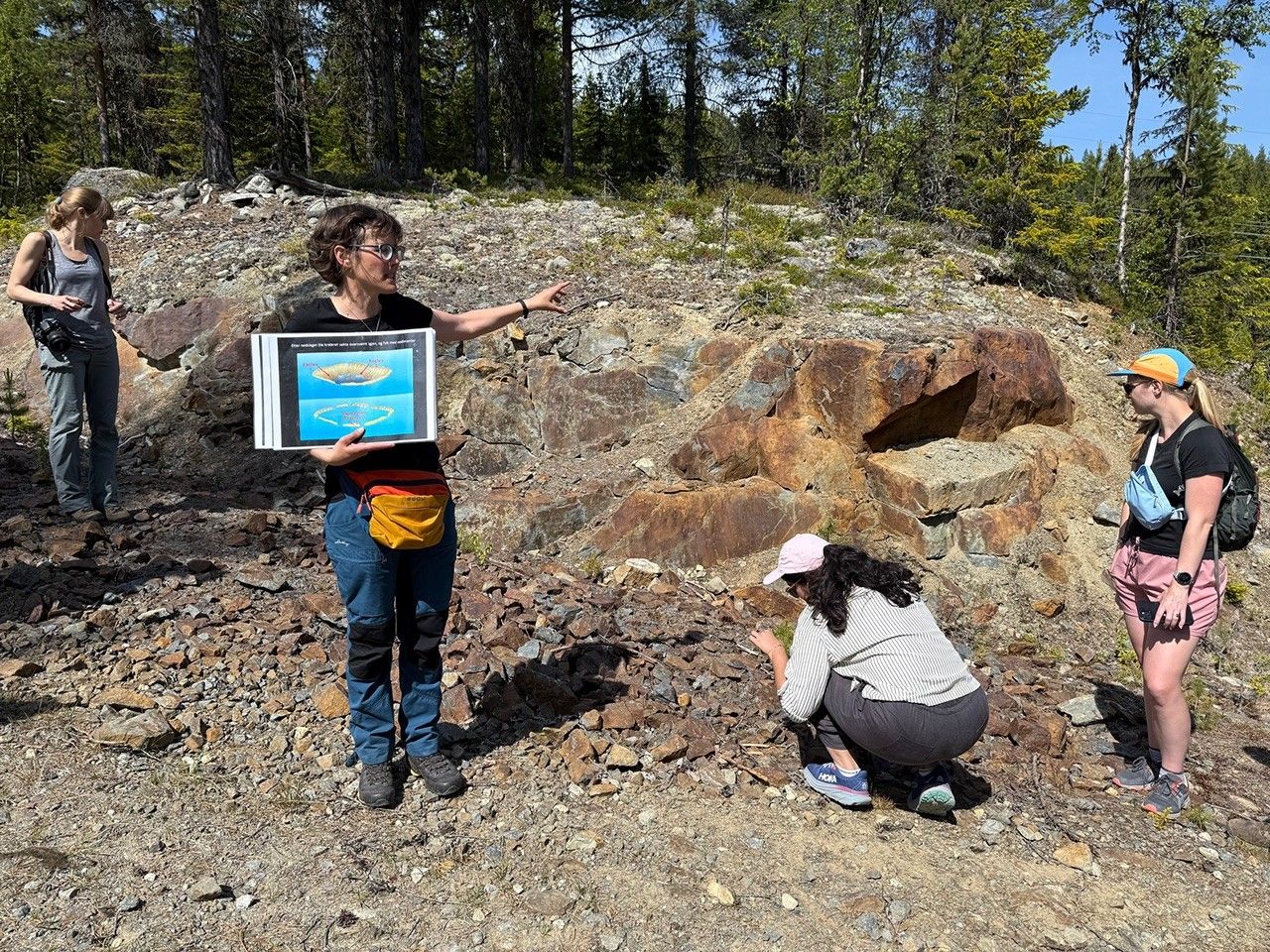Now Reading: Key Insights from the 2025 Mars Science Team Meeting
-
01
Key Insights from the 2025 Mars Science Team Meeting
Key Insights from the 2025 Mars Science Team Meeting

Swift Summary
- The Mars 2020 science Team held its annual meeting in June, hosted by the RIMFAX team at the University of Oslo.
- Discussions included recent scientific findings from Jezero Crater’s rim,focusing on spherules at Witch Hazel Hill to understand crater rock sequences.
- Updates were presented on Perseverance rover’s instrument teams and data analysis covering 4.5 years of surface exploration (37 kilometers driven).
- The team synthesized trends from datasets across Jezero Crater and held a poster session for informal discussions.
- Day 3 focused on atmospheric studies and analyses from earlier campaigns in various sections of jezero Crater.
- Plans for future rover missions, including strategies for further sampling during the Crater Rim Campaign, were discussed alongside potential areas for exploration over the next several years.
- A field trip to gardnos crater in Norway offered insights into impact-generated rock units resembling those observed at Jezero Crater.
Indian Opinion Analysis
India has been increasingly involved in global space exploration efforts. While this Mars mission is led by NASA,developments shared by such initiatives are crucial for India’s growing space research capabilities through ISRO and other platforms. Programs like Perseverance enable nations like India to derive lessons about advanced robotic technologies, geological methods, and interplanetary navigation that could be incorporated into missions such as Chandrayaan or Mangalyaan.
Continued international collaborations will likely drive innovation by strengthening platforms that foster shared advancements. Insights gained from Gardnos crater studies highlight how terrestrial analogs can aid India’s preparedness to study celestial terrains during future explorations aimed at astrobiology or planetary sciences.
























